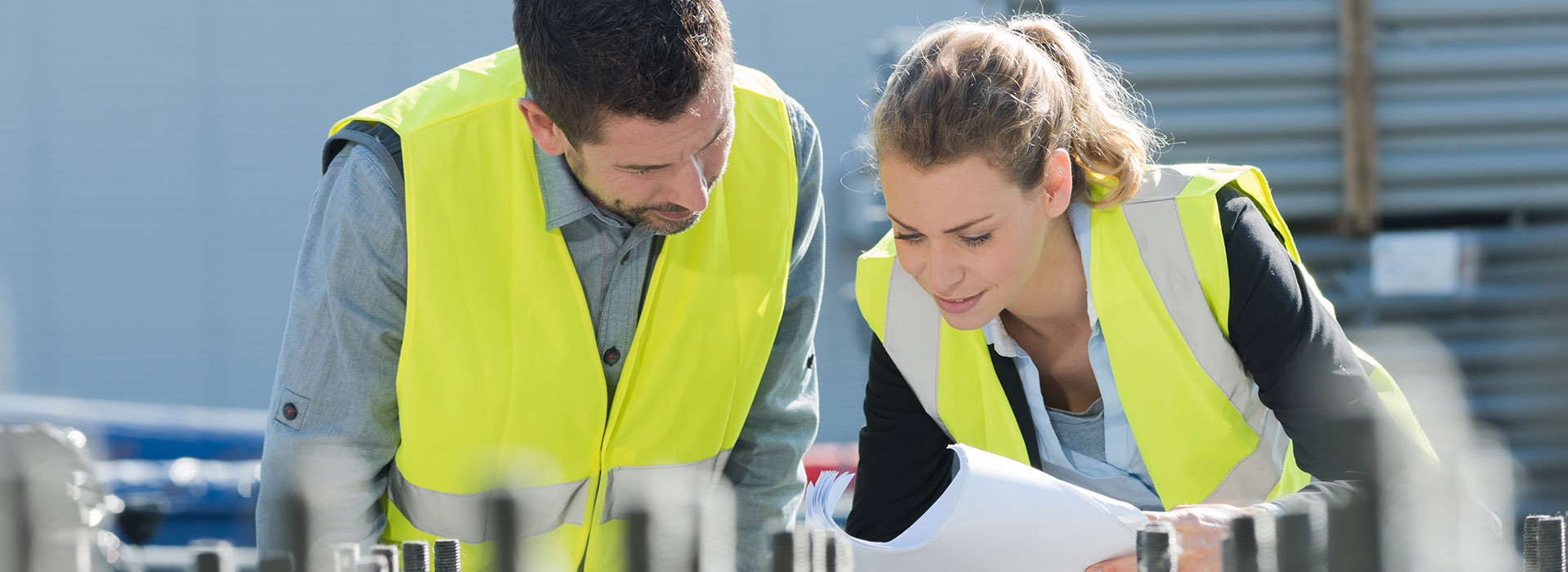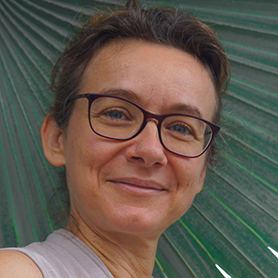Christine Becard: Connectivity is Key in Safety
Christine's organisational skills led her from procurement to spearheading safety knowledge management at group level. Here she describes why it's important to step outside your ivory tower, get on to the dance floor and think outside of the box to add value to safety initiatives.


Christine Becard
SIS - Safety Knowledge Management and HSE International Senior Expert, Air Liquide Group
"When you are looking at changing culture, taking a long-term approach contributes to building trust and credibility."
– Christine Becard, SIS - Safety Knowledge Management and HSE International Senior Expert, Air Liquide Group
Q.
Tell us how your career in safety began, what inspires you and how your particular skillsets frame your approach?
I graduated in political sciences and procurement, so safety is not my initial area of expertise. I began working for Air Liquide Group in procurement and subsequently moved into a role that involved improving working processes to develop collaboration and effectiveness. Thanks to this experience, I then took responsibility of the Quality, Safety and Risk Management department. I was very lucky because I had two senior people in my team who had a lot of practical experience and outstanding dedication to safety. During the time spent visiting sites around the world together, I was very clear that I needed to learn and that I trusted their expertise. By combining their technical expertise with my deep knowledge of the organisation we were able to achieve great results. It was definitely during this time spent on construction sites that I ‘fell in love' with safety. What inspires me most is the safety values we have at Air Liquide. For us, it is not acceptable that an employee, a contractor or a customer is injured as a result of our activities. My approach is to connect the different stakeholders and expertise to explore how we can collectively strengthen safety processes. Working closely with others encourages us all to think outside of the box to find different solutions that achieve the same outcome; improving safety.
Q.
How important are communication and collaboration in this process?
One aspect I love about safety is the interaction you can have with everybody from the field operator, right up to the executive team. It involves travelling to different countries with all the cultural and language barriers that can sometimes bring. So you meet lots of people at different levels of the organisation and need to position and communicate accordingly. Using communication to vertically join up executive leadership to the shop floor and back, you create a conduit where safety escalation decisions, concerns and solutions are shared and understood much better by all stakeholders. This transforms communication into a much more powerful driver for changing safety behaviours and improving outcomes. Collaboration is part of this process. Safety can sometimes be dogmatic and rules-based. It's essential to come down from our ivory towers and step into the shoes of those having to follow the rules. As a safety professional, you have to get on to the dance floor with everyone else to understand the conditions in the field and give the correct levels of support to make safety work. Safety has to be viewed from a practical as well as a theoretical perspective.
Q.
What are the key considerations when improving safety culture, and what happens when initiatives don't work?
We have to remember that safety is a diverse discipline. You have to deal with legal, technical, organisational, as well as managerial aspects. The human element is another vital consideration when looking at changing safety behaviours. I know there is an expectation to move fast, but changing the safety culture is not achieved by snapping your fingers. It requires perseverance, which is not to be confused with a ‘wait and see' approach. There's the need to be agile when removing risk, but when you are looking at changing culture, taking a long-term approach contributes to building trust and credibility. We also have the ‘useful, usable and used' approach to safety initiatives and solutions. So when a safety initiative is rolled out, it has to pass three tests. First, it has to fill a safety need; second, it has to be implementable, and, finally, it has to be used. We test these parameters at the pilot stage to check that all three steps work to the necessary standards. If not, we collaborate with end-users to make the required changes before eventually rolling the programme out on a larger scale.
"Working closely with others encourages us all to think outside of the box to find different solutions that achieve the same outcome: improving safety."
– Christine Becard, SIS - Safety Knowledge Management and HSE International Senior Expert, Air Liquide Group
Q.
COVID-19 has been a major challenge for companies, what safety impacts have you seen?
As transporters of oxygen, there was huge pressure on the company and our colleagues working in oxygen production plants to keep supply levels high for life support use. This had a physical and emotional impact on everyone within the organisation. Several actions have been deployed to keep employees physically safe and safety management under control. It was also clear that emotional support was a necessity, and so our HR colleagues implemented various solutions, including working with external psychologists to help with employees' fears and anxieties. We also brought in other support mechanisms for homeworkers such as webinars preventing musculoskeletal problems and how to stay healthy. At the same time, we were also able to measure the strength of our company culture. We saw how connected, supportive and caring people were at all levels of the organisation and, importantly, that we had their trust. This was a crucial factor in our ability to manage the crisis and demonstrated an important pillar of our safety culture; that we are all inter-dependent.
Q.
What are your views on the psychology of safety?
From a safety perspective, the COVID-19 experience made it even more vital for us to understand the psychology of safety; why do perceptions of risk differ? Why do people take safety short-cuts? Why do even experts make mistakes? All of these questions are at the heart of safety, so we took the decision to accelerate our training programme on human factors we had started to develop before the health crisis. It's all about understanding the typical cognitive and routine mechanisms, as well as the interactions between the working environment and safety behaviours. These psychosocial aspects are important elements to factor into safety programmes. We often say safety has three aspects; technical, systematic and human. If one aspect is weak, we are in trouble; we need to be strong in all three areas. So we must raise the competency levels of our HSE community to recognise and deal with these human factors.
Q.
How would you summarise safety best practice?
A key learning is that there is no one single approach. It's about capturing top-down and bottom-up opinions that can shape and make safety relevant. Top-down for the vision and priorities; bottom-up to address safety practicalities that help manage change. Involvement and inclusion at the development stage are essential. Then start with a pilot programme, build a success story first and then replicate the initiative more widely. Don't overlook the role of communication. Explain the reasons for the safety programme, how it will work and the expected results. Repeat these explanations frequently, so everyone is comfortable with the concept. Finally, be transparent if you want to gain trust and belief in what you are trying to achieve.
"A key learning is that there is no one single approach. It's about capturing top-down and bottom-up opinions that can shape and make safety relevant."
– Christine Becard, SIS - Safety Knowledge Management and HSE International Senior Expert, Air Liquide Group
Q.
How would you sum up a career in safety?
Safety is a discipline that offers the possibility to learn continuously. Knowing what you don't know can be a strength if you use it as a way to search for answers. Don't be afraid to challenge the status quo by suggesting a new approach; use the expertise around you to come up with fresh safety concepts. Working in safety is also an opportunity to build bridges. Bridges between theory and practice; making sure that the methodologies, procedures and tools we develop keep colleagues safe. Building bridges from the past to the future by learning from previous events and transmitting lessons learned to create tangible safety improvements. Finally, building bridges between people by listening to operators and supporting managers to capture and create value and develop best practices. There can be many walls in safety, we need to build more bridges!